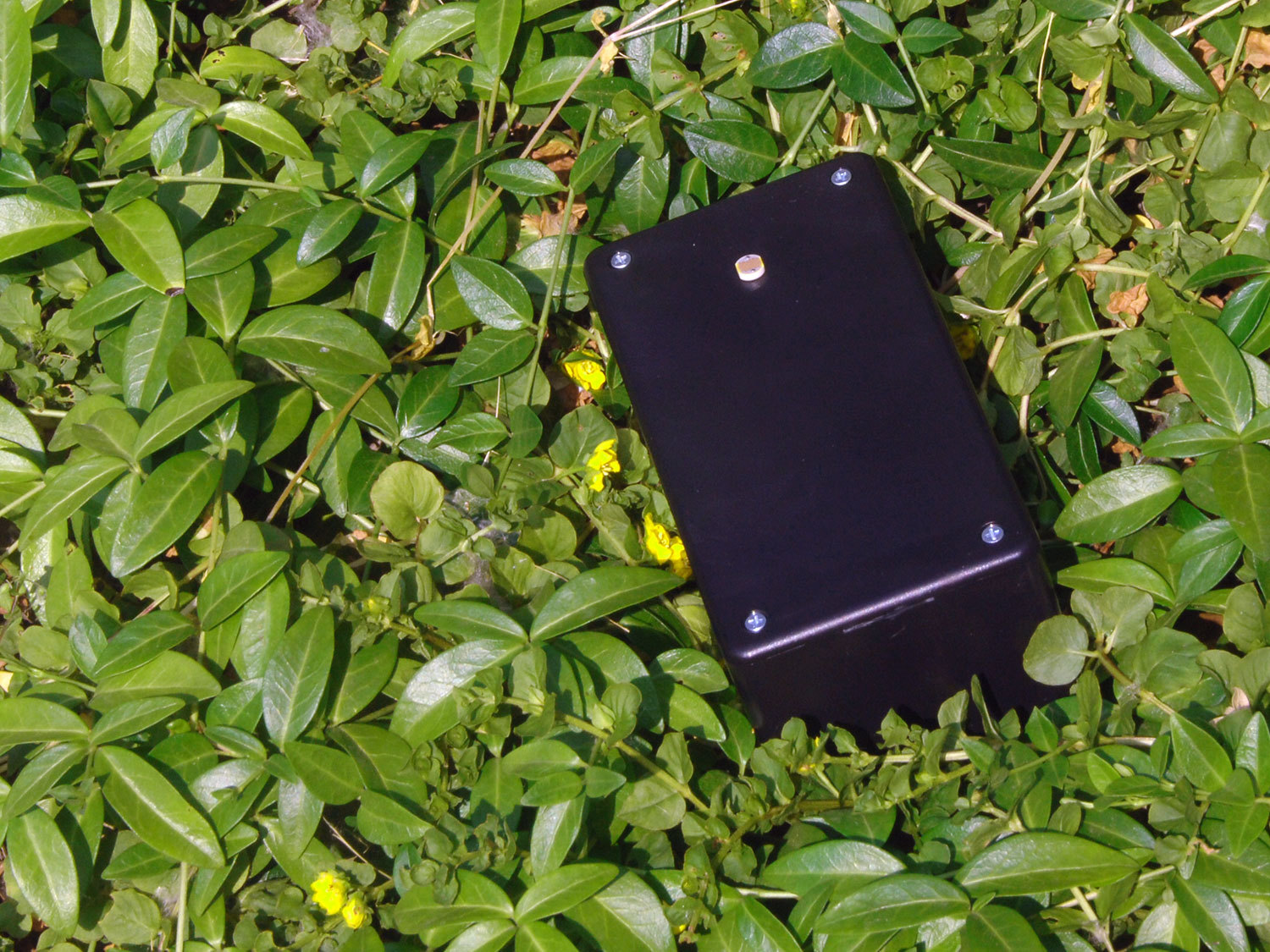First, program the Arduino with the logging sketch. You can download the sketch at GitHub. You will also need the Arduino Time library. Follow the instructions there for installing the library.
Put the SD card in the socket, and connect the battery pack. At this point the Arduino will start to run, initialize the SD card, then wait to be initialized.
We’ll just use the Arduino Serial monitor to communicate with the data logger. The Arduino is now waiting for the the letter ‘T’ to be transmitted via the serial connection, followed by the current time stamp to start with (see second image).
The timestamp needs to be in Unix epoch time format; use this online converter to get the current epoch time. Type T, then the time in the serial monitor, then return to send the characters to the Arduino. The logger will be off and running, taking a sample every 15 seconds and sending it back over the serial monitor (see third picture). The values will also be written to the SD card.
To install in the field, remove the USB cable, close up the enclosure, and leave it in the place where you want to log light levels. Make sure the light dependent resistor is exposed to the light and not covered up!


